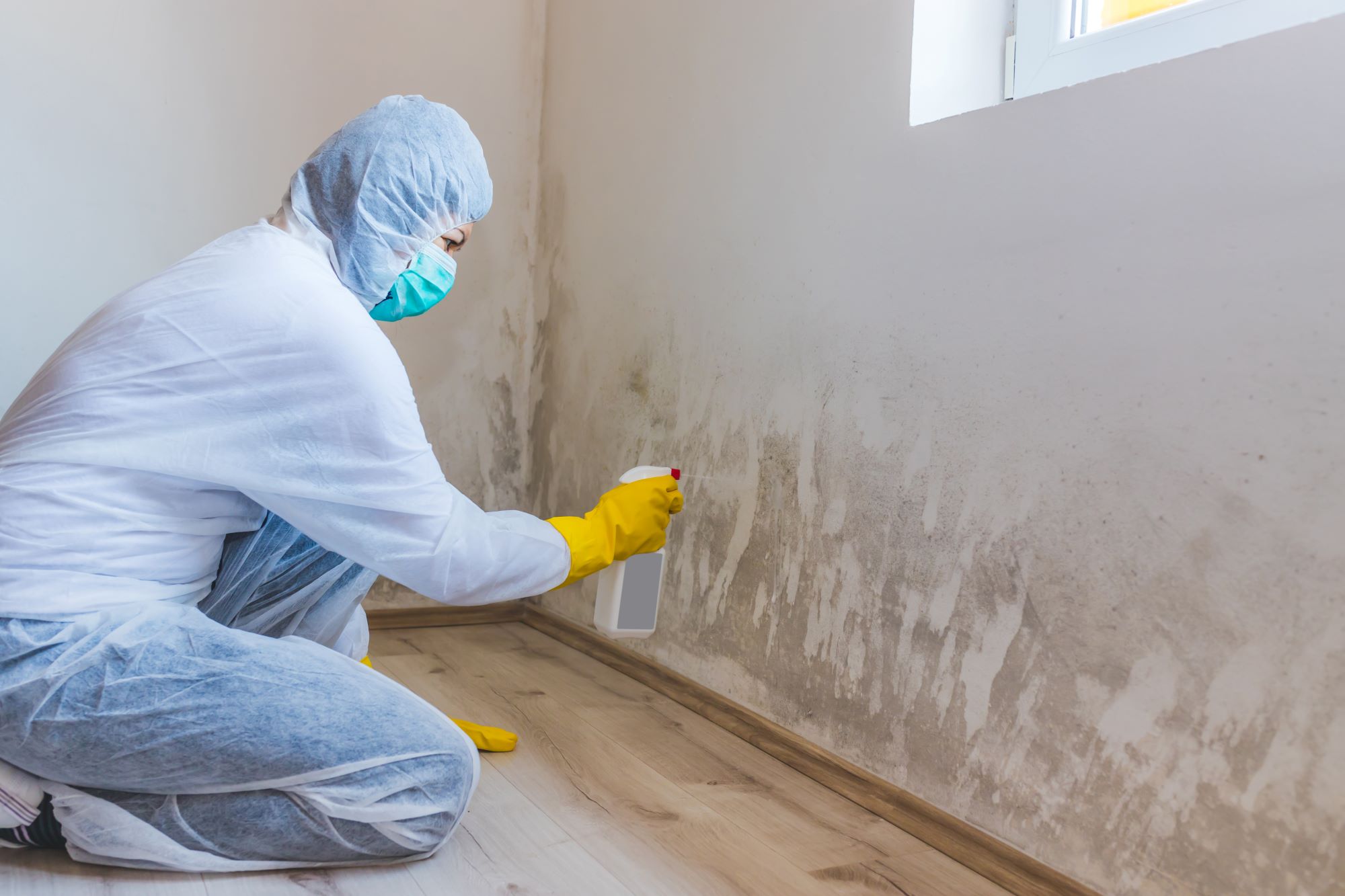Home Improvement
A Homeowner’s Guide To Mold Removal

As a homeowner, dealing with mold growth can be a nightmare. Not only is it hideous, but mold can pose a serious health hazard to everyone in the household. Thus, if you suspect mold in your home, you must take action quickly to prevent it from causing further damage. With the proper tools and methods, you can successfully get rid of mold and prevent it from returning.
And so this article will provide you with some essential tips for mold removal so that you can protect your home and your loved ones. Whether it’s a small patch of mold or a more extensive infestation, this will cover everything you must know when removing mold safely and effectively.
So, keep reading for a comprehensive guide to mold removal for homeowners.
- Identify The Mold
The first step in mold removal is identifying the type of mold you have. Each type may have different health effects and may require distinct cleaning methods.
Mold is often visible to the naked eye, particularly in damp or humid areas. Look for black, green, or gray spots on walls, ceilings, floors, or furniture. You may use your sense of smell to identify mold, as it usually produces a musty and earthy odor. If you detect a strong, unpleasant smell in a certain area of your home, it’s worth investigating further for mold growth.
If you are unsure whether your home has mold or cannot identify the type of mold, consider consulting a water damage specialist. These experts not only can identify the presence and types of molds, but they can also help you determine the primary cause of mold growth in the first place.
They can investigate what kind of water damage has triggered the growth and spread of mold and ensure it’s resolved immediately before mold infestation worsens.
- Determine The Extent Of The Problem
Once you’ve identified the mold, you need to determine the extent of the problem. If the mold is restricted to a small area, such as a shower stall or sink, you may be able to remove it yourself. Seal off the area with the infestation to prevent it from spreading to other parts of your home.
If the mold has spread to multiple rooms or is in a hard-to-reach area, such as behind walls or under floors, it is advisable to hire a professional mold removal company.
Professional mold removal companies possess the necessary skills and experience to effectively remove mold, regardless of the type, size, or location of the infestation. They also have the proper equipment to eliminate all the molds and ensure they never grow back on your property.
- Take Safety Precautions
If you choose to remove the mold yourself, especially in small infested areas, ensure that all family members wear protective gear (e.g., gloves, N95 or higher-rated respirator mask, protective clothing) when handling mold and cleaning products. Some mold-killing chemicals can cause harm if inhaled or if they come into direct contact with the skin.
- Begin Removing The Mold
After equipping yourself with the necessary protective clothing, you can start cleaning and removing the mold. Here are tips to remove and clean mold in your home:
- Contain the affected area
Before you start cleaning, it’s vital to contain the affected area to prevent the spread of mold spores. You can do this by covering any openings, such as windows or vents, with plastic sheeting and sealing off doors with plastic tape.
- Remove moldy materials
If the mold has penetrated porous materials such as drywall or carpet, it may be necessary to remove and replace these materials. Place any moldy materials in heavy-duty plastic bags and dispose of them properly.
- Clean non-porous surfaces
For non-porous surfaces such as tile or metal, you can clean the mold with a solution of bleach and water (one cup of bleach per gallon of water). Scrub the area thoroughly using a stiff brush, and then rinse it with water. Be sure to dry the area thoroughly to prevent further mold growth.
- Consider using a HEPA (high-efficiency particulate air) vacuum
Using a HEPA vacuum can help remove mold spores from surfaces like walls and floors during cleanup. These vacuums are designed to trap small particles like mold spores and prevent them from being released into the air.
- Monitor the area
After cleaning and removing mold, monitor the area for possible signs of regrowth. Keep an eye out for any musty odors or visible mold growth, and act immediately if you notice any issues.
Remember, if you have a large or persistent mold problem, it’s best to consult a professional. They will have the tools and expertise to safely and effectively remove mold and prevent it from returning.
- Address The Underlying Cause
Finally, it’s essential to address the underlying cause of the mold infestation to prevent it from coming back. Common causes of mold include leaks, high humidity levels, and poor ventilation. So, fix any leaks or water damage, install a dehumidifier to control humidity levels, and improve ventilation in your home to discourage mold growth in the future.
Conclusion
Mold growth in your home is hazardous and can cause health problems. By following the tips outlined above, you can take steps to prevent mold growth and safely remove any existing mold. Being proactive about mold prevention will ensure a healthy and safe space for you and your loved ones.
Kenneth is a proud native of sydney, born and raised there. However, he pursued his education abroad and studied in Australia. Kenneth has worked as a journalist for almost a decade, making valuable contributions to prominent publications such as Yahoo News and The Verge. Currently, he serves as a journalist for The Hear Up, where he focuses on covering climate and science news. You can reach Kenneth at [email protected].










